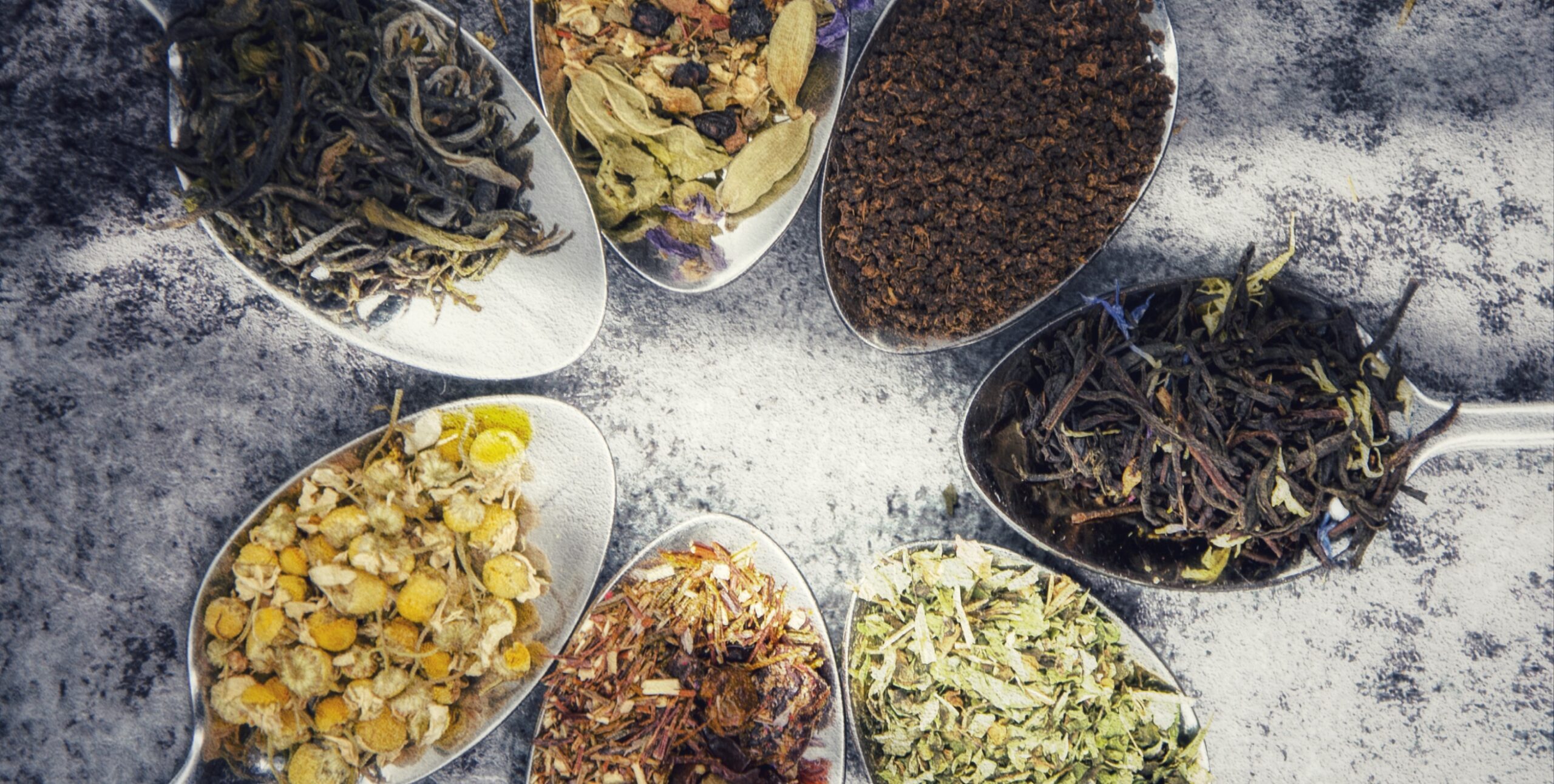Wheat Grass refers to the young grass of the common wheat plant, shoot of Triticum aestivum Linn. (Hindi name: Gehun, Kanak, Sanskrit name: Godhuma), belonging to family Gramineae, which posses high chlorophyll content, essential vitamins, minerals, vital enzymes, amino acids and dietary fibres.
Wheat grass is a humble weed that is a powerhouse of nutrients and vitamins for the human body. In fact, it is one of the elixirs of life. The use of wheatgrass has been traced back to Indian ancient culture as well the period of ancient Egyptians, who believed that the grass is sacred to humans as well as animals, with numerous health benefits.
Wheat grass has been shown to possess anti-cancer activity, anti-ulcer activity, antioxidant activity, anti-arthritic activity, and blood building activity in Thalassemia Major.
In the form of fresh juice, it has high concentrations of chlorophyll, active enzymes, vitamins and other nutrients. Chlorophyll neutralises infections, heals wounds, overcomes inflammations and gets rid of parasitic infections the three most important effects of wheat grass on the human body are blood purification, liver detoxification and colon cleansing. This is because wheat grass juice is the richest source of vitamins A, B, C, E and K, calcium, potassium, iron, magnesium, sodium, sulphur and 17 forms of amino acids.
It has been argued that wheat grass helps blood flow, digestion and general detoxification of the body. The major clinical utility of wheat grass in diseased conditions might be due to the presence of biologically active compounds and minerals in it and due to its antioxidant potential which is derived from its high content of bio-flavonoids such as apigenin, quercitin, luteoline. Furthermore, indole compounds namely choline and laetrile present in it might be also responsible for its therapeutic potential. The presence of 70 per cent chlorophyll, which is almost chemically identical to haemoglobin, in wheat grass makes it more useful in various clinical conditions involving haemoglobin deficiency and other chronic disorders.
In particular, pigenin, the main constituent in wheat grass, was shown to inhibit the production of proinflammatory cytokines, e.g., IL-1β, IL-8, and TNF in LPS-stimulated human and mouse macrophages, by inactivating NF-κB through suppression of p65 phosphorylation
Research has found that wheatgrass may benefit those with diabetes and its side effects.
Since very little clinical studies have been made on this very promising herbal drug, efforts are needed to conduct extensive studies on the wheat grass both in experimental models and human subjects to develop wheat grass therapy with no side effects in prevention, cure and management of chronic diseases for which our modern systems have lost their hopes.
Nevertheless, the advantages seen in the clinical trials need to be proved in larger studies. As the popularity of wheatgrass continues to grow.
Download the Dhyan Foundation – Sanatan Kriya App for Android here and for iOS here.






Thanks for shedding light on the healing properties of wheat grass👍
I m definitely going to try it:)